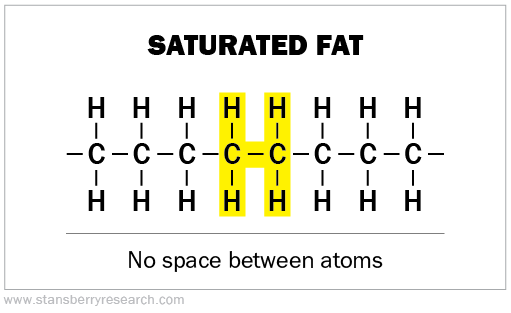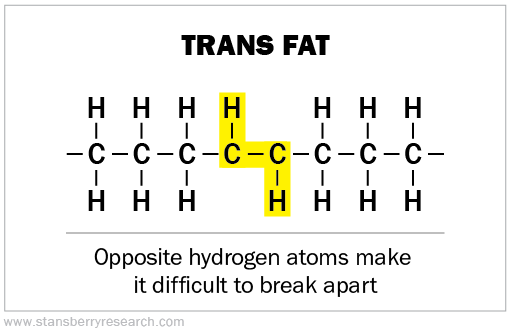The low-fat diet trend is killing Americans.
Weight-loss companies like Weight Watchers would have you believe that fat is the root of all your health problems. People think they need to stop eating all fats... including the ones we need to keep our bodies functioning properly.
Recently, one of my associates told me her family members all joined Weight Watchers. Out at dinner, they balked at ordering fresh guacamole because avocados had too much fat.
"They're too many points," her relative said. "That's almost half my point count for the day."
If you're unfamiliar with Weight Watcher's point system, it assigns "points" to different foods based on nutrient content: total fat, carbohydrates, fiber, and protein.
The idea is that you get a set number of points a week and decide what you can or can't "afford" to eat each day.
It also means you're "allowed" to gorge yourself on Weight Watcher's brand of chocolate snacks and over-processed foods with low point counts... But you can't have guacamole.
This kind of thinking is absurd. Today, we're going to dive into the truth behind bad fats and good ones...
What are the different kinds of fats?
There are three main types of fats:
1. Unsaturated fats
2. Saturated fats
3. Trans fats
Unsaturated fats can be found in plenty of natural foods... They consist of monounsaturated fats (MUFAs) and polyunsaturated fats (PUFAs). If you remember, I've talked before about the benefits of MUFAs in olive oil.
Saturated fats occur both naturally (in foods like avocados) and as a chemical product (in margarine). There's not much good-quality evidence on how much damage saturated fats do... if any. In fact, it's at the center of a controversy surrounding heart health. (More on this further down.)
Trans fats are the worst kind of fat. They're purely man-made and are difficult for your body to break down. In fact, they send your immune system into overdrive, promoting inflammation and wreaking havoc on your body.
Why are they different? Is it their structure?
We don't want to get too far into the organic chemistry behind fat molecules (much to my researcher's chagrin). But basically, fats differ based on the arrangement of their atoms.
All fats consist of chains of carbon atoms with attached hydrogen atoms. Now, unsaturated fats have double bonds between some of their carbons, meaning they look like this (the double line is the double bond)...
That space in the middle allows enzymes to get in and break down the fat more easily. Monounsaturated fats have a single double bond, whereas polyunsaturated fats have more than one – the more bonds, the easier they are to process.
Saturated fats don't have any double bonds. They're "saturated" with hydrogen atoms, so there's no room for enzymes to easily break them down. (If you remember high school chemistry, you'll know that a carbon atom can only bond in four spots). Take a look...
The dangerous fat in the family is the artificially produced trans fat. These fats have a double bond, but the hydrogens swap sides. "Trans" in Latin means "across." That makes it extremely hard for our bodies to break them apart.
Which ones are good for you?
I've written many times about the benefits from MUFAs. These are the best kind of fat.
MUFAs, such as those in olive oil, lower your levels of low-density lipoprotein (the so-called "bad" cholesterol). Some studies show that MUFAs also help keep insulin levels in check.
We need PUFAs for our bodies to function properly, but we can't make them on our own. We have to get them through our food. These include the omega fatty acids.
Omega-3 fats (from fish as well as other sources) reduce inflammation.Inflammation increases your risk of heart disease and diabetes, and it accelerates aging. So there are significant health benefits to eating fish.
Omega-6 fats also help promote brain health and, along with omega 3s, help keep your bones healthy and your metabolism on track.
Now, there's a bit of a controversy over how much of each one you need. Omega 3s are great for your health and are a fatty acid I've advocated for in my write-ups on fish.
However, too many omega-6 fatty acids can trigger inflammation – they're almost the opposite of omega 3s. People ideally should be eating omega 6s and omega 3s in a ratio no greater than 4:1.
The problem is that omega 6s are also in heavily processed vegetable oils. The American obsession with these oils means we're getting about 16 omega 6s for every 1 omega 3.
Overall, natural sources of unsaturated fats are essential for a long, healthy life.
What We're Reading...
- Something different: The lost art of handwritten letters.



